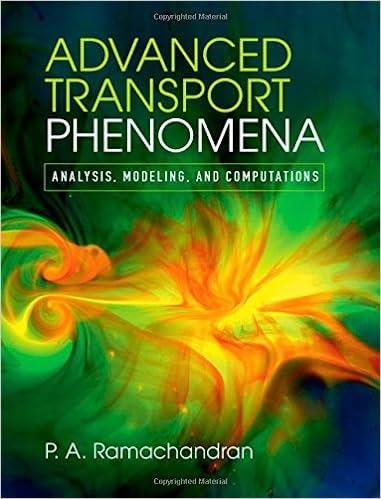The time of oscillation (t) of a simple pendulum is expected to be a function of the
Question:
The time of oscillation \(t\) of a simple pendulum is expected to be a function of the mass of the pendulum, its length \(L\), and the gravitational constant. How many dimensionless groups can be formed? Show that the key dimensionless group is \(t \sqrt{g / L}\). Hence conclude that \(t\) should be proportional to \(\sqrt{L / g}\) but is independent of the mass of the pendulum from purely dimensional considerations without invoking any physics.
Note that the constant of proportionality is \(2 \pi\), but this value cannot be determined from dimensionless analysis. A physics model is needed for this.
Fantastic news! We've Found the answer you've been seeking!
Step by Step Answer:
Related Book For 

Advanced Transport Phenomena Analysis Modeling And Computations
ISBN: 9780521762618
1st Edition
Authors: P. A. Ramachandran
Question Posted:





